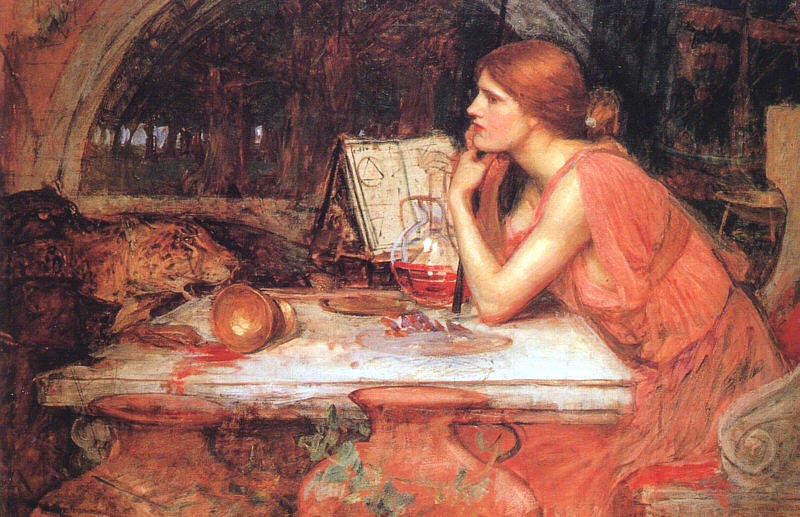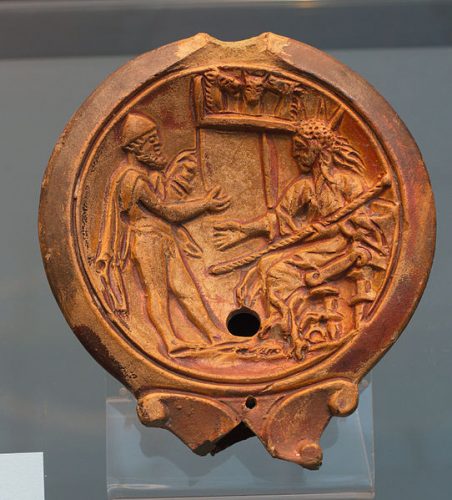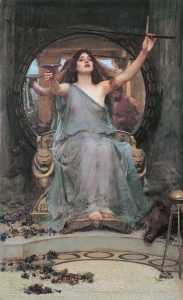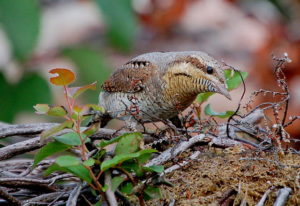
My last article about Circe at Return to Mago discusses a real life character of the Circe archetype: the Sardinian ruler Eleonora d’Arborea.

My last article about Circe at Return to Mago discusses a real life character of the Circe archetype: the Sardinian ruler Eleonora d’Arborea.
Return to Mago has my latest article about Circe the Island Witch.

Another post in the series at Return to Mago.


The Eurasian Wryneck is a drab black-and-cream bird in the woodpecker family without the woodpecker’s typical coloring, long bill, or pecking habit. She forages on the ground and appropriates abandoned tree cavities. She twists her neck in an uncanny way and for this reason she has traditionally been used in reversing spells, especially spells to win back an errant lover. In one of the Greek epics the unwilling heart of Medea, a witch-protégé of Circe and priestess of Hecate, is won using a Wryneck spell. In another myth the goddess Hera changes the nymph Iynx into a Wryneck in retaliation for messing up Hera’s love life. Iynx’s name is the root of the English word “jinx.”
Although the Wryneck sounds like a woodpecker and is placed in the woodpecker family by modern taxonomists, it is unclear how the ancients linked the two. Pan, son of Dryope, is father of Iynx, so they seem to have some relation.

Mars is not the only Classical deity associated with the woodpecker. There is a hero named Picus, a son of Mars who is changed into a woodpecker by Circe, the witch of the Aegean. When he returns to his manly form he has acquired awesome powers of prophecy due to his ability to understand the speech of woodpeckers. Picus later becomes the father of Faunus, the Roman equivalent of the wilderness god Pan.
Alternately, Picus is the first king of the central Italian Peninsula and the son of Saturn. A female woodpecker lands on his head one day, and the Etruscan augur interprets this as a sign of a disastrous armed conflict for the country. Picus personally wrings the neck of the messenger bird, thereby diverting the misfortune onto himself. This self-sacrificing act is more in line with that of a tribal chieftain than a stereotypical king, indicating that this story goes quite a bit back in time.
Among female woodpeckers, there is a Greek deity named Dryope, whose name according to Robert Graves means “woodpecker.” She seems to be a type of dryad. In one story she is transformed into a Lotus Tree and in another into a Black Poplar. Both times she is trying to escape the dastardly clutches of the god Apollo, which is a theme associated with the usurpation of a goddess cult by the priests of Apollo. Dryope is the mother of the god Pan.
